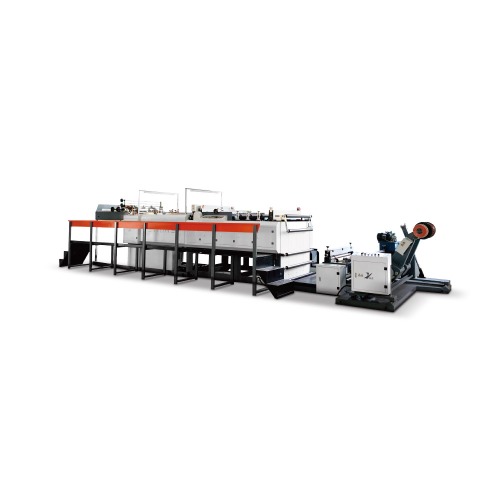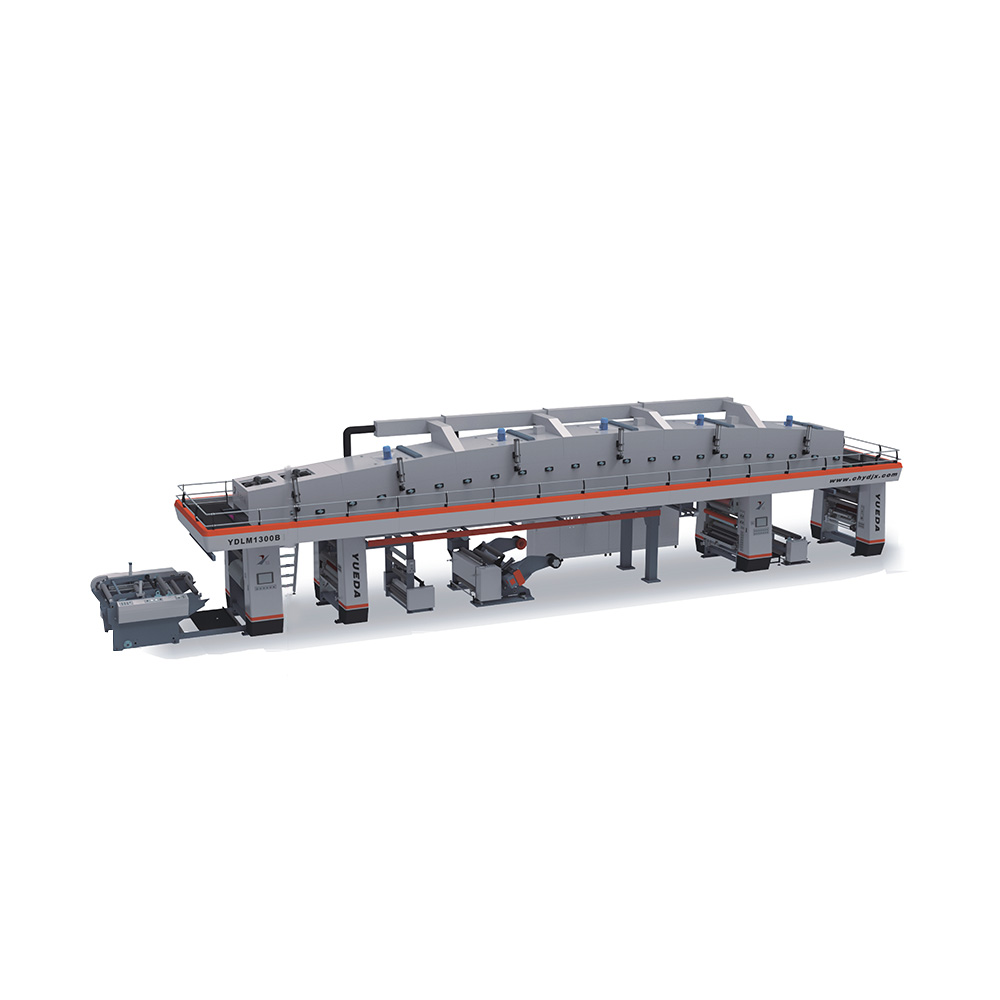- Home
- About Us
- Products
- Automatic Paper Embossing Machine
- Die Cutting Embossing Machine
- Foil Stamping Embossing Machine
- Screen Printing Machine
- Cardboard Laminating Machine
- Positioning Sheet Cutting Machine
- Hologram Laser Embossing Machine
- Screen Complete Printing Equipment
- H1000/H1500 Frame Making Machine
- 1100PM Plate Baking Machine
- EX1215/EX1518 Screen Exposure Machine
- MX1214/MX1518 Manual Screen Stretching Machine
- SFL-3F Compressed Air Dryer Machine
- EX1150 Vacuum Exposure Machine
- G1200 Manual Squeegee Grinding Machine
- E1300 Laser Engraving & Etching Machine
- UV3500R UV Dryer Machine
- Printing Material
- News Center
- Faq
- Contact Us
Web Menu
- Home
- About Us
- Products
- Automatic Paper Embossing Machine
- Die Cutting Embossing Machine
- Foil Stamping Embossing Machine
- Screen Printing Machine
- Cardboard Laminating Machine
- Positioning Sheet Cutting Machine
- Hologram Laser Embossing Machine
- Screen Complete Printing Equipment
- H1000/H1500 Frame Making Machine
- 1100PM Plate Baking Machine
- EX1215/EX1518 Screen Exposure Machine
- MX1214/MX1518 Manual Screen Stretching Machine
- SFL-3F Compressed Air Dryer Machine
- EX1150 Vacuum Exposure Machine
- G1200 Manual Squeegee Grinding Machine
- E1300 Laser Engraving & Etching Machine
- UV3500R UV Dryer Machine
- Printing Material
- News Center
- Faq
- Contact Us
Product Search
Exit Menu
News Center
Home / News Center

2024 11 27
How do hologram laser embossing machines contribute to the fight against counterfeit pharmaceuticals and the protection of public health?

2024 11 20
How do automated screen printing machines ensure uniform ink deposition across large-scale production runs?

2024 11 13
How do holographic embossing machines integrate with other finishing processes to produce multi-dimensional effects?

2024 11 05
How do different positioning mechanisms impact the energy consumption of positioning sheet cutting machines?

2024 11 01
How can foil stamping embossing machines be adjusted for different materials?

2024 10 23
What Maintenance Practices Are Essential for Keeping Automatic Paper Embossing Machines in Top Condition?
Didn't Find A Product That Suits You?
Contact us for the latest news.
QUICK LINKS
PRODUCT CENTER
Contact Us
-

+86 13738772345
-

13738772345@163.com
-

+86-577-68100881
-

+86-577-68100882
-

No. 11 Haifeng Road, Longgang City, Wenzhou City, Zhejiang Province, China


 中文简体
中文简体 Español
Español
